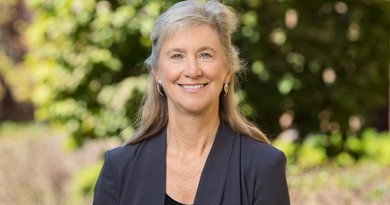Our report, Better Together: Ensuring Quality District Schools in Times of Charter Growth and Declining Enrollment, takes an honest look at an urgent problem that has long divided education leaders. To help inform and advance a thoughtful discussion, we invited a number of experts to share their views on this complex and politically charged issue.
Declining enrollment exacerbates the already daunting challenges that urban districts face. They must invest to improve instruction to raise learning outcomes, address the challenges of growing student need, and pay for continually rising legacy costs like pensions. On top of that, as the new CRPE paper highlights, declining enrollment decreases revenue, raises the per-pupil cost, and can further concentrate student need. In our work with urban districts, we often find that underutilized, subscale schools drive the largest per-pupil cost increases. Subscale schools organized in traditional ways have higher per-pupil costs both because they spread the fixed cost of administration over fewer students and because students leave “randomly”—a few 5th graders here, a few 3rd graders there. This means schools cannot simply eliminate one classroom to absorb the costs. More importantly, it’s really hard to create a great school under these conditions. With only one or two classrooms per grade, it’s hard for teachers to find the time to work in teams to learn new curriculum, plan lessons, and target resources to help struggling students. When using traditional models of providing electives, art, music, and physical education, it’s also hard to cost-effectively keep a diverse set of electives and program offerings in small schools.
High-performing urban schools across the country are finding new ways to organize resources to reach high standards even in smaller schools. For example, changing the number of grades from K–5 to K–3 means larger teacher teams, more opportunities for teacher leadership, and targeted individual attention. In these transformed schools, teachers strategically vary group sizes across subjects, lesson type, and student need. They implement creative ways of offering electives and other learning experiences through technology and community-based providers. Though closing schools may need to part of the equation, redesigning schools, reconfiguring grades, and redeploying space—which includes but isn’t limited to renting or selling to charter schools—can help address these quality and cost concerns and reduce the need to close schools. This report has more details about how schools can transform through strategic school design.
But implementing these solutions requires a combination of vision, tough choices, and policy changes that often rely on broad political action and the involvement of the entire educational community along with strong leadership. Transparency and open dialogue around these issues is a first critical step.
Karen Hawley Miles is the CEO and President of the nonprofit Education Resource Strategies.





